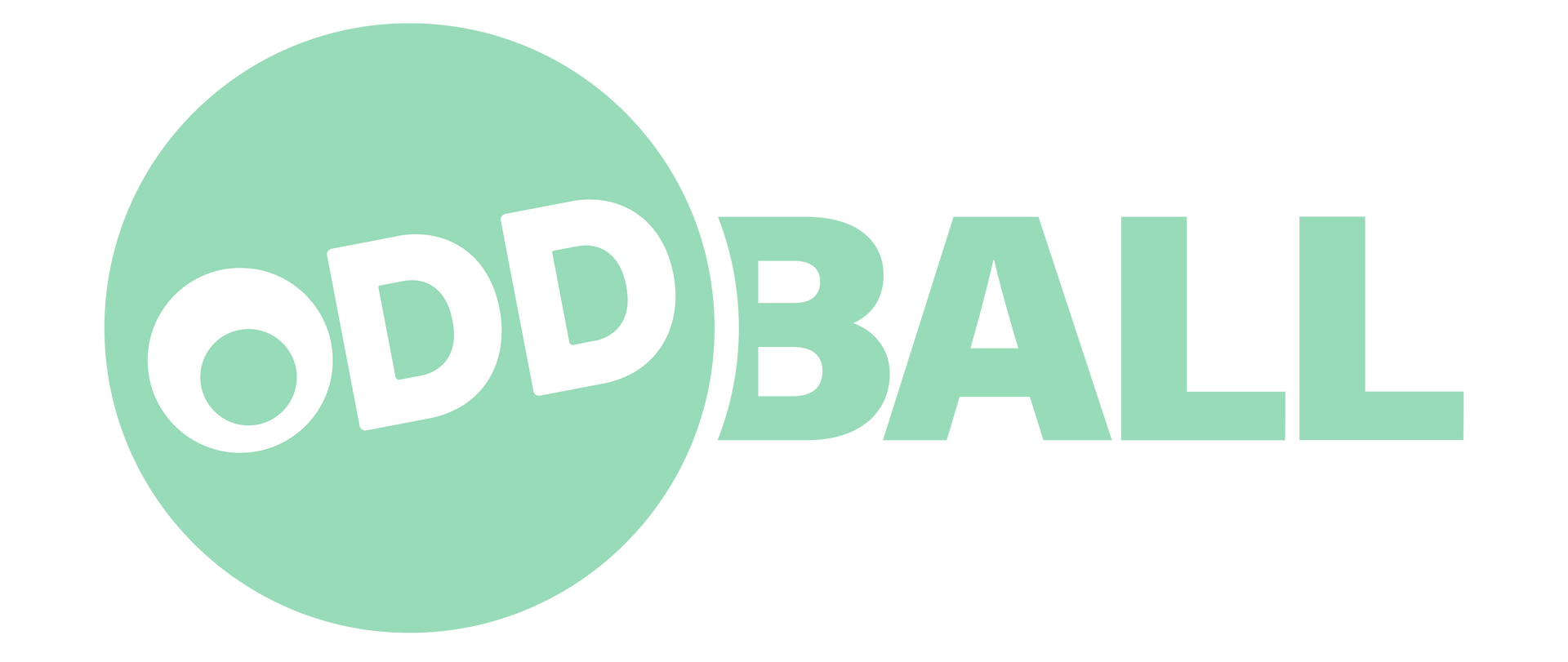Improving Website Accessibility for All Users
Website accessibility means making your site usable for everyone, including people with disabilities. It's about designing and developing websites that are easy to navigate and interact with, regardless of a user's abilities. This approach not only embraces inclusivity but also ensures a wider reach to diverse audiences.
Understanding Website Accessibility
Website accessibility ensures everyone can use a site, regardless of their abilities or disabilities. It encompasses visual, auditory, physical, speech, cognitive, language, learning, and neurological aspects. By focusing on accessibility, websites become user-friendly for more people. An accessible website is essential in providing equal access and opportunities to all, reflecting inclusivity and social responsibility.
Accessible websites offer numerous benefits. For users, it ensures smoother navigation and better interaction, enhancing their overall experience. Businesses also gain by reaching a broader audience and increasing user engagement. Accessible websites often see improved SEO performance because accessible elements, like alt text for images, enhance search engine indexing. This practice can also help mitigate potential legal issues, as accessibility standards are increasingly becoming a legal requirement worldwide.
Many users face common barriers when websites aren't designed with accessibility in mind. These include:
- Small Text Sizes: Difficult for users with visual impairments.
- Poor Color Contrast: Hard for users with color blindness to distinguish elements.
- Non-Navigable Interfaces: Challenges for those using only keyboards.
- Missing Alt Text for Images: Inaccessible to those using screen readers.
Addressing these barriers is crucial in enhancing online experiences and ensuring that all users can access digital resources effectively.
Key Elements of Accessible Web Design
Designing for accessibility involves incorporating essential elements that make a website usable for everyone. This includes thoughtful use of colors, text, and navigation to ensure clarity and ease of use.
Here are some key elements to consider:
- Clear Typography: Use easy-to-read fonts and consider size, spacing, and weight to improve readability.
- Color Contrast: Choose contrasting colors for text and backgrounds to ensure visibility for people with visual impairments.
- Navigation: Simplify navigation and offer keyboard accessibility for users who cannot use a mouse.
Web Content Accessibility Guidelines (WCAG) are a set of guidelines that help make web content more accessible. These include:
- Perceivable Information and User Interface: Information should be presented in ways users can understand.
- Operable Interface: The interface must be usable via multiple methods of input beyond mouse controls.
- Understandable Information and Operation: Information and even operation need to be easy to understand.
- Robust Content: Content must be robust enough that it can be interpreted reliably by a wide variety of user agents, including assistive technologies.
Responsive design also plays a significant role in accessibility. It ensures that a website adapts seamlessly to different devices, whether it's a mobile phone, tablet, or desktop computer. This adaptability is critical for providing a consistent experience, ensuring all users can access content easily, regardless of how they interact with the website.
Tools and Techniques for Enhancing Accessibility
Improving website accessibility requires the use of various tools and techniques to ensure inclusivity. Several tools can help identify and fix accessibility issues. These tools assess websites and suggest improvements for better user experiences.
Popular tools include:
- WAVE: Evaluates web accessibility and visualizes potential issues.
- Lighthouse: Google’s tool that checks performance and accessibility.
- AXE: Extension that identifies accessibility violations on web pages.
Applying specific techniques can significantly boost accessibility. For instance, using alt text enables screen readers to describe images to users with visual impairments. This simple text provides context, making the content more inclusive. Keyboard navigation allows users who cannot use a mouse to navigate a website using keys. Making sure links and interactive elements are accessible via the keyboard is crucial. Proper color contrast ensures text is readable for everyone, especially those with color vision deficiencies. Video captions and transcripts are essential for users with hearing impairments. Captions provide the text of spoken content, while transcripts offer a written record of all audio elements. These techniques ensure that multimedia content is accessible to a broader audience, reinforcing the importance of inclusive design in the digital space.
Implementing an Accessibility Strategy
Creating a comprehensive strategy is crucial for integrating accessibility into web development. Start by planning and structuring content that is easy to understand and navigate. Use headings, lists, and simple language to make content accessible.
Steps to enhance accessibility:
1. Conduct an Accessibility Audit: Identify current issues using tools or third-party evaluations.
2. Implement Changes: Fix issues like unclear navigation, poor text contrast, and missing alt text.
3. Test Regularly: Continuously assess the site with different tools and user testing to catch new issues.
Maintaining accessibility over time requires regular updates and evaluations. As technology and standards evolve, staying informed and adjusting practices is vital. Training and educating team members about accessibility principles ensure everyone understands their role in maintaining standards. Empower your team to consider accessibility at every project stage. Encourage them to adopt best practices and embrace the mindset that designing for accessibility benefits everyone. This culture of inclusivity strengthens both the user experience and the brand’s reputation.
Conclusion
Website accessibility enhances user experience for everyone and expands a business's reach. By prioritizing accessibility, businesses not only meet diverse user needs but also set themselves apart in a competitive digital landscape. It reflects a commitment to inclusivity and demonstrates social responsibility.
For businesses, accessibility can mean reaching untapped audiences, boosting site performance, and improving SEO rankings. Accessible websites foster brand loyalty through positive experiences, showing that you value all users. Regular audits, strategic planning, and team training can help maintain these benefits while anticipating technological advancements and new standards.
At Oddball Creative, we understand the importance of making websites accessible to all users. Our
website builders can help incorporate these strategies into your digital presence, ensuring that your site is both user-friendly and compliant with the latest standards. Let us assist you in creating an inclusive, engaging online experience that resonates with every visitor. Contact us today to start enhancing your website’s accessibility.



